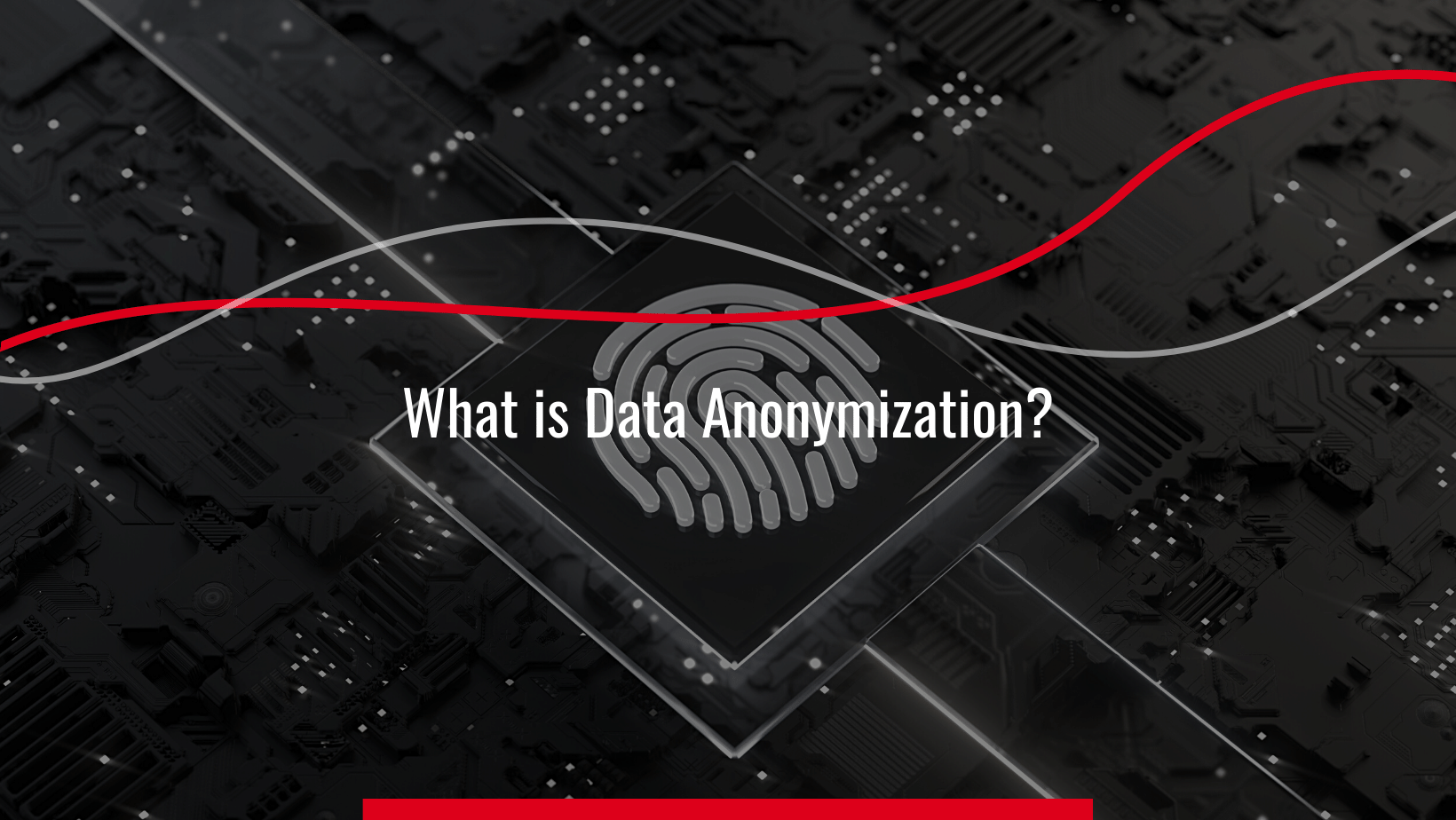Blockchain Attack Vectors: Risks & Impact
Explore Blockchain Attack Vectors: 51% Attack, Sybil Attack, Eclipse Attack, DDoS, Smart Contract Weaknesses, and Timejacking. Protect Your Blockchain Network.
 Security data anonymization is the process of protecting sensitive or confidential information by encrypting or erasing identifiers connecting an individual to stored data. Data anonymization is used in protecting a corporation or an individual by preserving the credibility of their data.
Security data anonymization is the process of protecting sensitive or confidential information by encrypting or erasing identifiers connecting an individual to stored data. Data anonymization is used in protecting a corporation or an individual by preserving the credibility of their data.
Data that should be anonymized include names, credit card details, mobile numbers, photographs, and passwords. The General Data Protection Regulation (GDPR) allows users to collect anonymized data without consent and outlines all identifiers that should be removed or altered.
The main techniques of data anonymization include pseudonymization, generalization, data masking, data swapping, perturbation, and synthetic data.
Pseudonymization entails replacing personally identifiable information (PII) with fake data that anyone cannot trace back to the individual. While this can be an effective way to anonymize data, it is not foolproof since once the key linking the fake data back to the accurate data is discovered, the entire dataset can be de-anonymized for instance, using false identifiers or pseudonyms, the name “Angela Hill” might be replaced with “Jane Doe” to ensure statistical precision and data confidentiality.
Generalization eliminates information on purpose to make it less recognizable. With generalization, data is transformed into a range of values or a large area with appropriate boundaries. However, ensure not to omit the road name from an address while removing the house number since the goal is to remove some identifiers and maintain data accuracy.
Data masking involves replacing sensitive information with fake data that has no link to the original information. Companies use data masking to protect credit card or social security numbers. However, data masking is not foolproof like pseudonymization if someone were to discover the key linking the fake data back.
Another technique of data anonymization is data swapping or data permutation, or shuffling is a method that rearranges dataset attribute values, so they do not match the actual records. However, exchanges between membership type values and characteristics (columns) that comprise identifier values, like date of birth, may significantly affect data anonymization.
Data perturbation is a method that rounds values and adds noise to the underlying dataset to make modest modifications. The value range must match the perturbation in size for this to happen. A tiny base might result in weak anonymization, whereas a large base might make the dataset less useful. Moreover, data anonymization using perturbation requires careful selection of the base used in modifying the original values since if the value is too small, then the data might not be efficiently anonymized.
Synthetic data is a data anonymization technique where information is algorithmically generated and is unrelated to actual events. Rather than modifying or using the original dataset and putting privacy and security at risk, synthetic data makes artificial datasets by building statistical models out of the original dataset's patterns. Synthetic data entails using techniques like standard deviation, median, regression, and other methods to design synthetic prototypes.
One benefit of data anonymization is that it makes it difficult for cybercriminals to target specific individuals. Since there is no data link to any identifying information, frauds would have to work much harder to try and figure out who the data belongs to, and they would likely give up before they become successful.
Another benefit of data anonymization is that you can use it for research without violating anyone's privacy. The researcher cannot trace the data back to an individual, so there is no risk of accidentally revealing sensitive information. However, researchers can use anonymized data to learn about trends and patterns without worrying about violating anyone's privacy.
One of the drawbacks of data anonymization is that it can make it difficult to detect errors. If there is a mistake in the data, it can be hard to figure out where it came from since there is no way to trace it.
Data anonymization is an important aspect of data protection. Eventually, all companies store data and use IT to generate profit. However, all this stored data attracts cybercriminals.
Data anonymization involves various methods of removing or altering personal identifiers to preserve user privacy and plays an essential role in preventing malicious entities from stealing user identities through phishing or hacking.